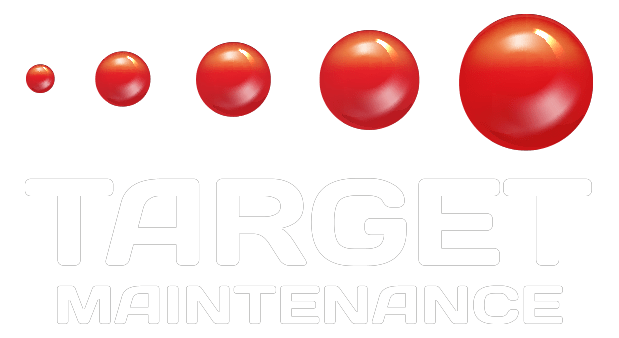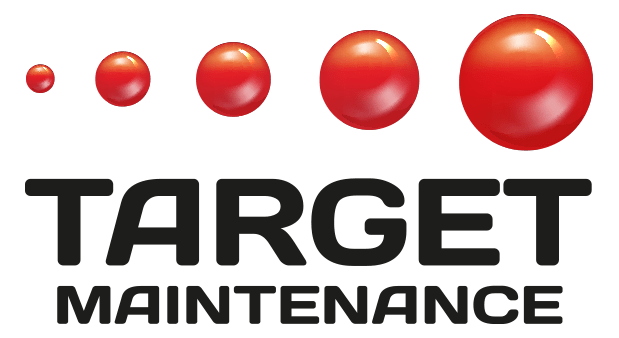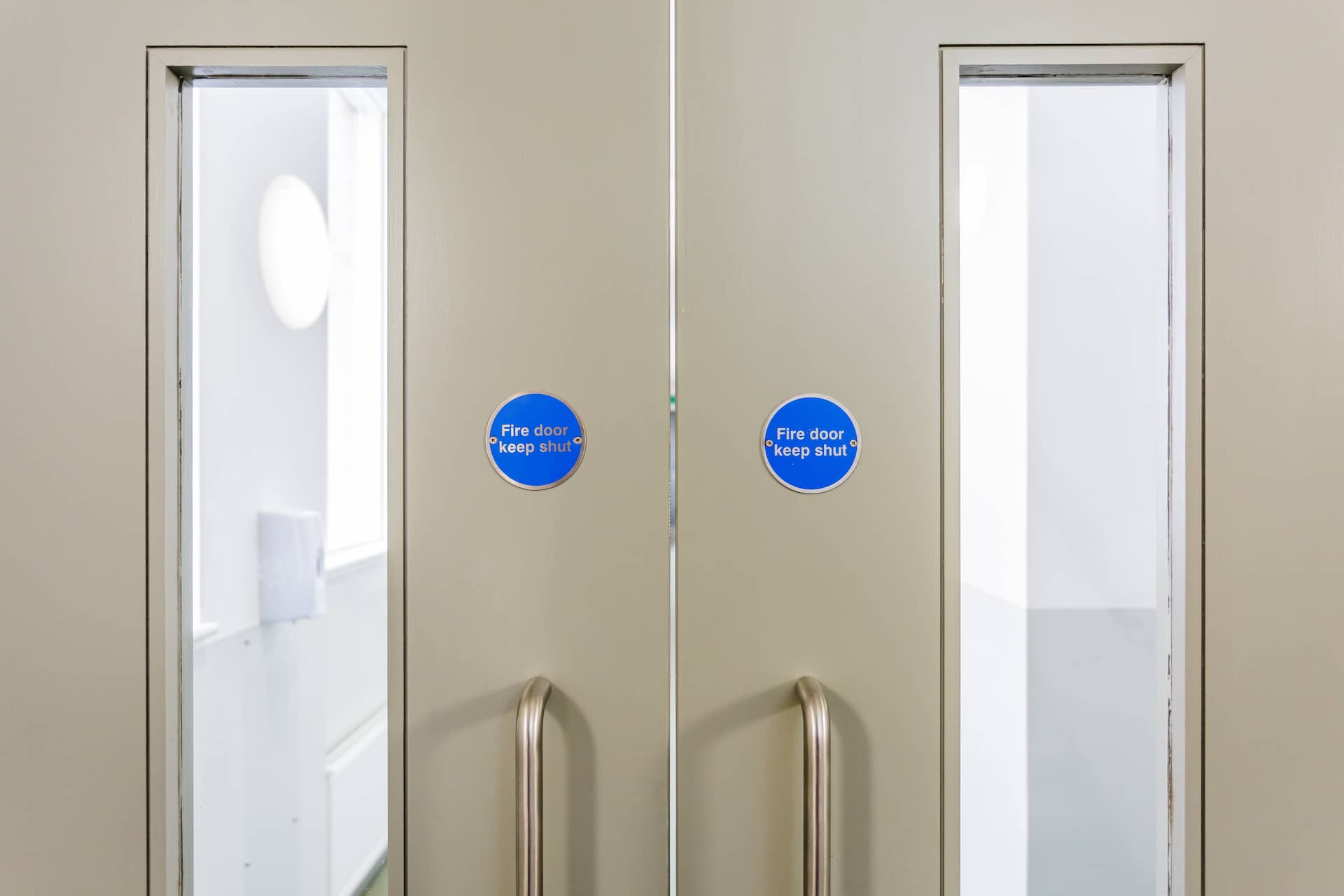A contract is a binding agreement between the party commissioning the building project and the party responsible for completing the construction work. The Mains Contractor is responsible for overseeing and managing all elements of the building project, delivered under a contractual agreement. The role of a mains contractor varies depending on the type of construction contract put in place.
In both Traditional and Design and Build (D&B) contracts, the mains contractor influences product selection. In a traditional build, they will take the role of advisor to the architect, informing and influencing decisions on product selection. In D&B, the architect is chosen and employed by the mains contractor. In some cases, they may have to work from a list of pre-approved materials rather than have their own say.
WHAT ARE CONTRACTORS?
Contractors are organisations that carry out building, engineering or construction work. A single contractor may be enough to complete your project in some cases. This is usually the case on smaller construction projects that don’t require a lot of managing. However, it’s unlikely that one person can complete all jobs effectively and to a high standard on more extensive and complicated projects. In this event, contractors may appoint others to carry out particular elements of the work.
In this situation, the contractor is often to referred to as the ‘mains contractor.’ The main contractor will either appoint an external subcontractor or come with their team. The subcontractor’s role is to execute certain project parts that the main contractor cannot. Subcontractors are involved with details of the construction process their skills lend themselves to. The roles and responsibilities of contractors differ from job to job due to the range of tasks and the number of individuals they manage.
WHAT ARE THE ROLES AND RESPONSIBILITIES OF A MAINS CONTRACTOR?
Some core roles and responsibilities of a mains contractor do not differ from role to role. Some, however, are job-specific as they’re determined by the work that needs completing and the number of people completing such jobs.
PROJECT PLANNING RESPONSIBILITIES:
- Plan key project development and implementation in advance
- Site evaluation ensures it’s being used to the best of its ability.
- Estimation of various issues in the project such as needed materials and equipment
- Forward planning to adapt potential modifications in the project.
- Adherence to health and safety specifications
- Promoting communication between all parties, including the client and subcontractors.
- Determine legal and regulatory requirements
PROJECT MANAGEMENT
- Manage the budget for completion.
- If required, find and hire the right subcontractors and individuals to complete the job.
- Manage equipment, materials and external services to eliminate any issues.
- Mange and remove generated waste
- Submit bills based on the terms of the contract.
PROJECT MONITORING
- Ensure all jobs adhere to the schedule, quality of work and any other details specified in the contract.
- Review and modify the project timeline depending on changes and feedback.
- Monitor any safety-related issues.
LEGAL AND REGULATORY RESPONSIBILITIES
- Apply for and complete building permits applications
- Ensure the project remains compliant with required legal and regulatory issues related to the project and surrounding areas.
HEALTH AND SAFETY RESPONSIBILITIES
- Provide safety information for all workers
- Ensure the use of PPE by all individuals on-site at all times
- Oversee safety policies that ensure health and safety in the workplace, including risk assessments, preventative means for construction site safety and an emergency response system.
THE DIFFERENCE BETWEEN USING CONTRACTORS AND SUBCONTRACTORS
Contractors provide agreed services for a client for a set fee and usually within a specific timeframe, as disclosed in a contract for services. Depending on the job at hand, contractors can charge their client fees by the hour, day or job. In comparison, subcontractors undertake a contract from the contractor. They are responsible for work that the contractor often cannot carry out themselves but is responsible for.
Subcontractors can be anything from a self-employed individual to a large organisation. For example, a building contractor may hire a subcontractor to complete the plumbing elements of the project. The contractor has a legal obligation to the client to complete the work and uses a subcontractor to do so.
CONSTRUCTION CONTRACTS
The unique nature of a construction project lends itself to creating a construction contract. It’s also because of the individuality of each construction project that there are different contract types to choose from. Knowing which contracts suits the project best helps each party eliminate and manage risk and ensure the work and payment are completed smoothly.
LUMP SUM CONTRACTS
Also referred to as a fixed price contract, lump-sum contacts are the most basic. They outline one fixed price for all the work, and it’s this factor that makes them the most popular.
PROS OF LUMP SUM
- They simplify bidding. Naming a total price rather than submitting multiple bids simplifies the selection process.
- Finishing under budget means high-profit margins.
CONS OF LUMP SUM
- Miscalculations can ruin margins. You need to account for every variable in a lump sum. Unexpected changes come straight out of your profit margin with one set price.
- The bigger the project, the more room for loss. Subcontractors can make mistakes or miscalculate their costs which are already calculated into the lump sum.
TIME AND MATERIAL CONTRACTS
This contract works best when the scope of work is not well-defined. They’re designed to reimburse contractors for the cost of materials and decide on an hourly or daily pay rate.
PROS OF T&M
- They’re agile. The customer reimburses the contractor for materials and pays an hourly wage meaning roadblocks or unexpected delays are covered.
- They allow for simple negotiations. Rules are determined for what materials will be covered and their hourly or daily wage.
CONS OF T&M
- Tracking time and materials is time-consuming
- Efficiency isn’t rewarded. As time and materials are paid for by the hour or day, there’s no incentive to get the work done ahead of schedule.
COST – PLUS CONTRACTS
This contract type involves the owner paying the contractor for the costs incurred during a project plus a set amount of profit. This is usually determined by a percentage of the project’s total price. The expenses are direct (labour and materials) and indirect (office space and travel etc.)
PROS OF COST-PLUS
- The contracts are flexible. They allow owners to make design changes along the way, and contractors know they’ll be paid for the extra time or materials.
- Miscalculations aren’t devastating.
CONS OF COST-PLUS
- Justifying some costs can be difficult. Sometimes prices can be hard to account for, and often, people are reluctant to reimburse indirect costs.
- Fronting material costs isn’t always feasible. Some building contractors don’t have the facilities to pay for the materials and then be reimbursed.
UNIT PRICE CONTRACTS
They divide the total work required to complete a project into separate units. The contractor provides the owner with price estimates for each unit of work rather than an estimate for the project as a whole. Unit price contracts are suitable for repetitive work, heavily dependent on material costs.
PROS OF UNIT PRICE
- They simplify invoicing.
- If more work is required, the profit margin stays the same.
CONS OF UNIT PRICE
- Predicting the final value can be difficult.
Although in charge of the main operation, Mains contractors often benefit from a detailed description of their job title. The ambiguity of a mains contractors role and the number of dependencies they have make it essential for their responsibilities to be defined, especially in contractual form. Providing a specification of works and tender process allows the contractor to draw up an appropriate contract and ensure the work is completed to the highest standard.
For more information on the role of a mains contractor and how Target Maintenance can help with your next projector, contact our professional team today.



















